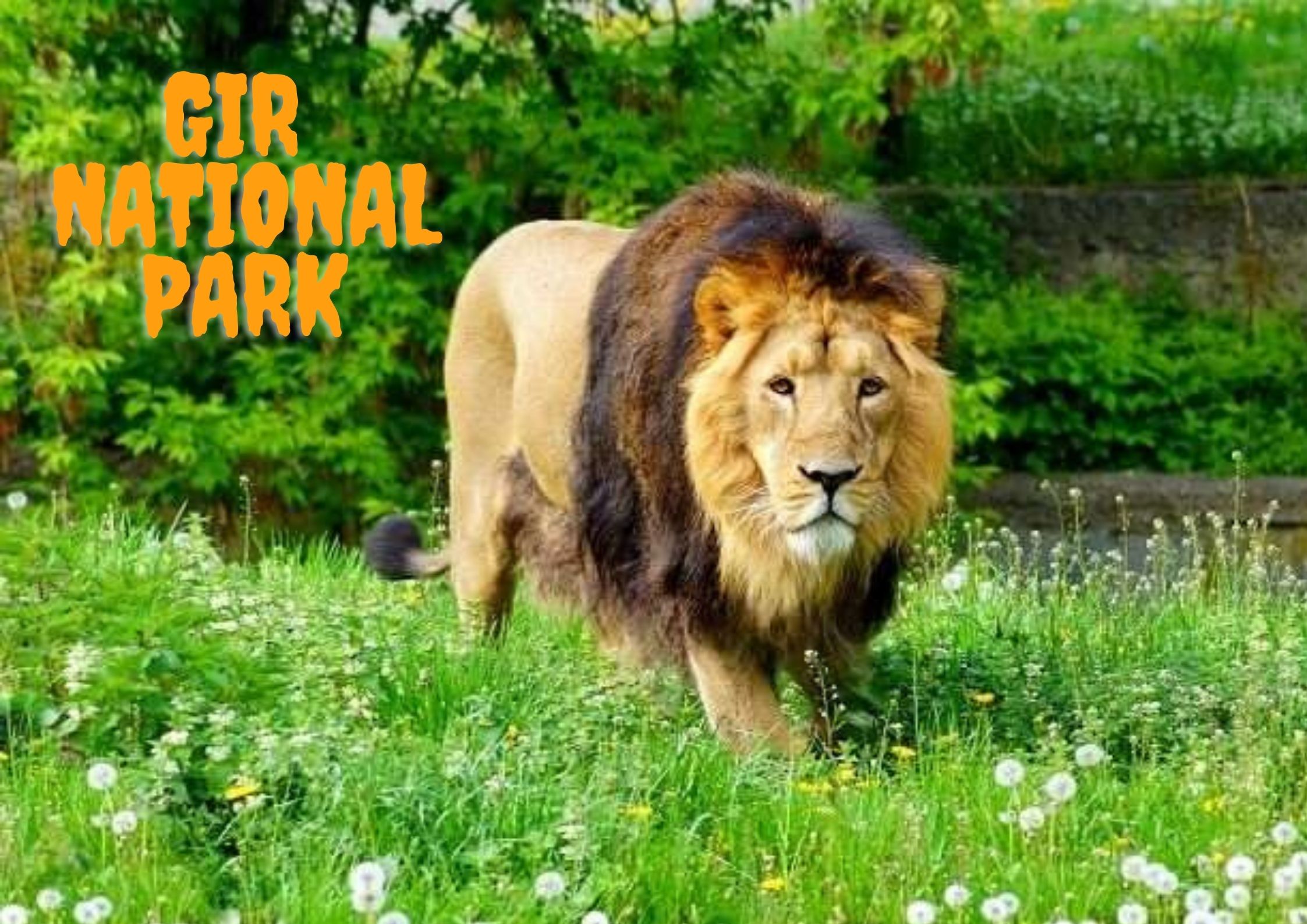Gir National Park
Gir National Park Sanctuary in Gujarat
How to Reach
By Air
The closest airport to Gir National Park is Keshod, located at a distance of nearly 70 km. The other airport is at Rajkot, situated at a distance of almost 160 km. The best way to reach Sasan Gir is from Mumbai via air to Diu. The driving distance from Diu to Sasan by road is almost 2 hrs.
By Rail
The nearest railway stations to Gir National Park are Junagadh (80 km) and Veraval (72 km). Along with that, Rajkot railway station, situated at a distance of almost 165km from the Gir forest is also an ideal option. These are some of the major stations and operates trains to all the major cities of the country. Besides, cab services for further commuting are also available.
By Road
The Gir National Park is well-connected to some of the major cities of Gujarat by a good road. Various state bus transport services and private bus services are available to the national park from various parts of the state. Cab and taxi services are also available.
Fauna in Gir National Park
Gir National Park is a popular wildlife reserve in Sasangir, Gujarat. Fauna in Gir National Park forms a major part of wildlife in Gujarat. It is a beautiful park dotted with an abundance of flora, fauna and avifauna alluring a lot of travelers from India as well as from abroad. Sprawling over an area of 1412 sq km, Gir National Park is one of the most attractive National Parks in India.
If you are a wildlife enthusiast, than there is no better place than this National Park. Fauna in Gir National Park are numerous and diverse. Gir provides shelter to a large number of fauna and avifauna species The park is home to a number of species of lions and leopards making it one of the major big-cat hubs in India. Gir National Park is the last and only home of the gravely endangered Asiatic Lions. There is also a large population of marsh crocodile or mugger in Gir. The large water bodies at the park like the Kamleshwar Dam houses several crocodiles and birds.
Let’s have a deep description of Fauna in Gir National Park-
There are roughly 2375 fauna species, out of which there are 38 species of mammals, 37 species of reptiles, 2000 species of insects and 300 species of avifauna.
Mammals
Asiatic Lions, Indian Cobras, hyenas and Indian leopards form the prime attractions of the park. Other than this you may also spot rarely seen species like Indian mongoose, Indian palm civets, ratels, desert cats, golden jackals, jungle cats, sambar, chital, four-horned antelope, chinkara, wild boar, blackbucks, porcupine and pangolin.
Reptiles
Gir National Park has a wide variety of reptiles including monitor lizard, marsh crocodile, hare tortoise, snakes and pythons.
Weather
Summer (March - June)
The summer season is the toughest time for tourists and wild animals. Summer months are very hot, which start in April and lasts till mid-June. The temperature in March is still moderate and pleasant but it starts to increase by the end of March and becomes hotter in April. The park experiences hot and humid climatic conditions during this time. The temperature reaches its peak in May, which makes spotting of animals difficult, as most of the animals take refuge in the covers wherever available during the day. Safari rides and animal spotting become a tedious task as the temperature could go as high as 42?C hampering your trip.
Monsoon (July - October)
The weather conditions change as storms and lightning take effect, starting July. It marks the arrival of south-west monsoon in Gir National Park, which brings a little relief to the wildlife. The temperature is still high, but not as much as in May. On an average, the western part of Gir receives 100 mm of rainfall whereas the Eastern part receives a heavy, 650 mm rainfall. Because of this, Sasan Gir National Park remains closed for visitors between 16th June and 15th October, as the whole place becomes muddy and marshy, making safari rides almost impossible.
Winter (November - February)
Winter is the best time to visit Gir National Park. The weather at this time is at its most pleasant. The temperature during the day time on an average is around 22?C, which makes it the best time to spot animals including the lions. The temperature drops down to below 10?C during the night. Many animals roam around freely in the wild to enjoy the pleasant weather. So travel anytime between December and February, pack some warm clothes, and be ready to enjoy the charm and majestic beauty of this great Indian wildlife reserve.




